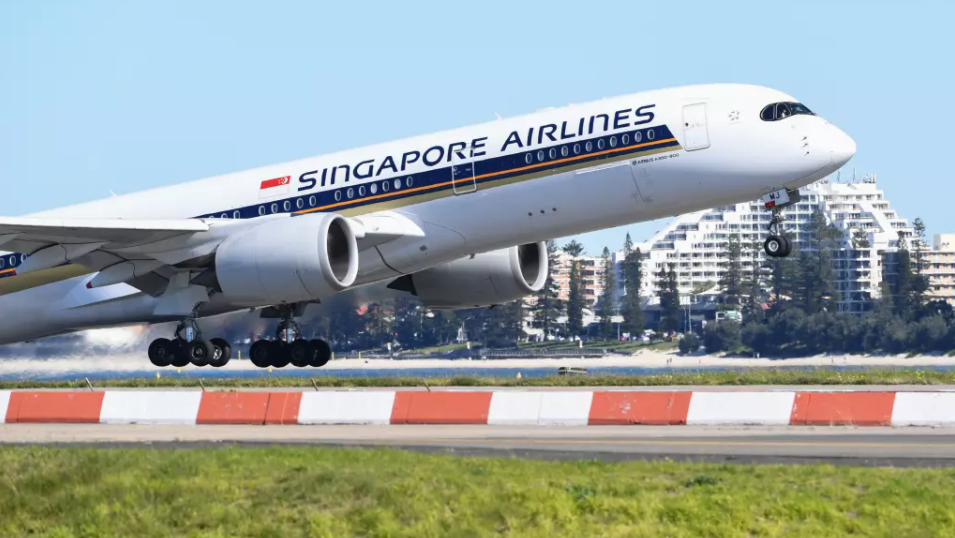European airline capacity continues slow climb as UK partially reopens
The UK has made its first, small, steps to reopening non-essential international services from 17-May-2021. Its green list of countries accounted for only 4.9% of total UK capacity in 2019, and includes countries where there is no reciprocal reopening (e.g. Australia) and where geopolitical risks have rapidly reduced demand (e.g. Israel).
Nevertheless, capacity between the UK and Portugal, the most significant green list market, will multiply by more than 19 times in the space of a fortnight. Total UK seat capacity is 1.8 times higher week-on-week in the week of 17-May-2021, but it is still 83.2% below 2019 levels.
Capacity in Europe overall is 66.6% below capacity in 2019. This rate of decline has now narrowed for four straight weeks, but Europe is still far behind other regions.
The next weakest is Middle East, where capacity is down by 49.8% versus 2019, while Africa is down by 46.6%, Latin America by 40.8%, Asia Pacific by 35.1%, and North America by 31.8%.
TO READ ON, VISIT: European airline capacity continues slow climb as UK partially reopens

Ryanair: losses, but it's green, customer friendly & ultra low cost
Ryanair Group, historically Europe's highest margin airline business over many years, recorded its worst ever annual result in the year to Mar-2021: a net loss of EUR1.0 billion.
This was exacerbated by a EUR200 million hedging ineffectiveness charge, but the underlying problem was that revenues fell by 81%, whereas operating costs fell by only 66%.
Nevertheless, a legacy of its years of strong profitability is a strong balance sheet. Together with its ultra-low unit cost base, this positions Ryanair well for the post-pandemic recovery, further helped by a pan-European network and a nimble approach to both tapping and stimulating demand. Ryanair expects to break even in FY2022.
Ryanair has improved its customer service over time, and the pandemic has taught it yet more about flexibility, refunds and customer communications. In a further sign of its ability to learn, Ryanair has become a green convert in recent years, and it aims to use SAF (sustainable aviation fuel) for 12.5% of flights by 2030.
However, its size, planned growth and previously dismissive rhetoric on climate change will make Ryanair a target for green campaigners in the recovery.
TO READ ON, VISIT: Ryanair: losses, but it's green, customer friendly & ultra low cost
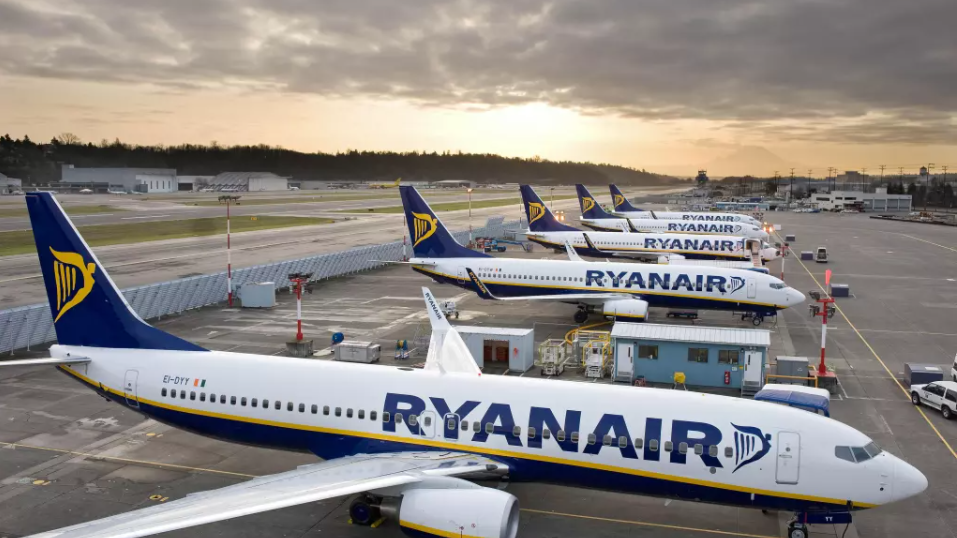
Malaysia Airlines' post-COVID outlook: restructuring and fleet changes
Malaysia Airlines is relying on revised fleet and business strategies and a recently completed financial restructuring to achieve its goal of long term stability.
But as with all airlines at the moment, the major factor determining its short term prospects is how quickly demand recovers in its key markets.
The airline was detecting some positive signs last year, but these were swept away by new COVID-19 waves that have affected many parts of the Asia-Pacific region. The difficulty for Malaysia Airlines - and other carriers - is that the projections underpinning their recovery plans are extremely fluid due to the unpredictable demand shifts during the pandemic. This makes any recovery timetable forecast very much a moving target.
While the timing remains uncertain, the airline's strategic changes and restructuring initiatives will improve its odds in the post-pandemic industry environment. Its debt load has been dramatically reduced and the company has been recapitalized.
One important move will result in Malaysia Airlines finally disposing of its Airbus A380s, which have been an encumbrance for the airline for years. Its fleet plan also includes aircraft orders to refresh its widebody fleet, as well as the delivery of its 737 MAX orders. The launch of narrowbody jet operations with its Firefly subsidiary will give it another option to tap into a wider market.
TO READ ON, VISIT: Malaysia Airlines' post-COVID outlook: restructuring and fleet changes
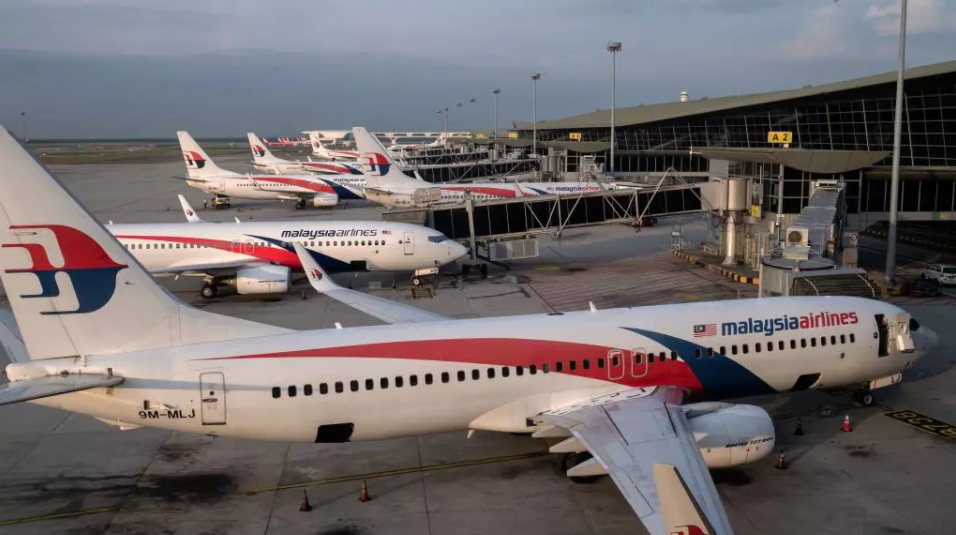
Canada's airlines at risk for another lost summer
As U.S. airlines prepare for the floodgates to open for summer travel demand, their counterparts in Canada face the real possibility that another summer could be lost, because the country's government has yet to detail a framework for lifting restrictions on international travel, and some domestic restrictions remain in place.
And while the government has doled out financial assistance to some airlines, that aid can only stretch so far.
The real catalyst for Canada's aerospace industry is reopening, and at this point, there's no definitive timeline for restarting air travel in sight.
TO READ ON, VISIT: Canada's airlines at risk for another lost summer
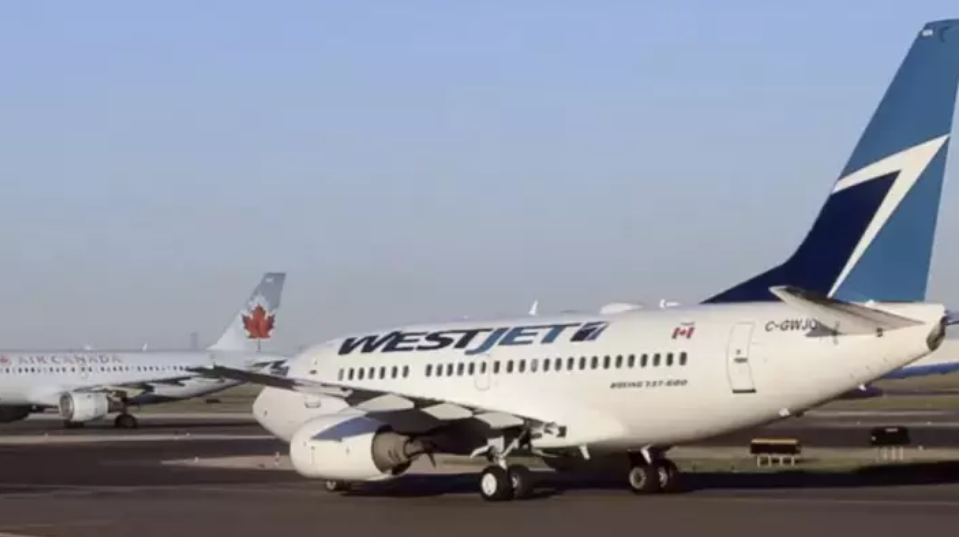
New investment to help Indian airlines recover from pandemic setbacks
The recent surge in the COVID-19 pandemic in India has dealt another blow to the country's economy, and its airline industry has been one of the sectors most affected. This has driven some airlines to seek new investment, while others are looking to ownership changes to increase their long term viability.
India was making good progress in controlling the pandemic before a second wave struck early in 2021. Many other Asia-Pacific countries have suffered from a similar trend, but in India it has been particularly severe. The health system has been overwhelmed by a cumulative case total now exceeding 25 million and almost a million deaths. Travel restrictions have returned as state and central governments grapple with the crisis.
Low-cost carriers GoAir and IndiGo are preparing to sell shares in their companies to raise the funds to weather the latest COVID-19 spike. Meanwhile, suitors are preparing their bids to take over Air India, and a prospective new owner is attempting to revive Jet Airways. While the latter two efforts predate the second wave, it has still affected their progress. Despite recent delays, however, government and regulatory decisions could clear the way for these deals to proceed this year.
TO READ ON, VISIT: New investment to help Indian airlines recover from pandemic setbacks
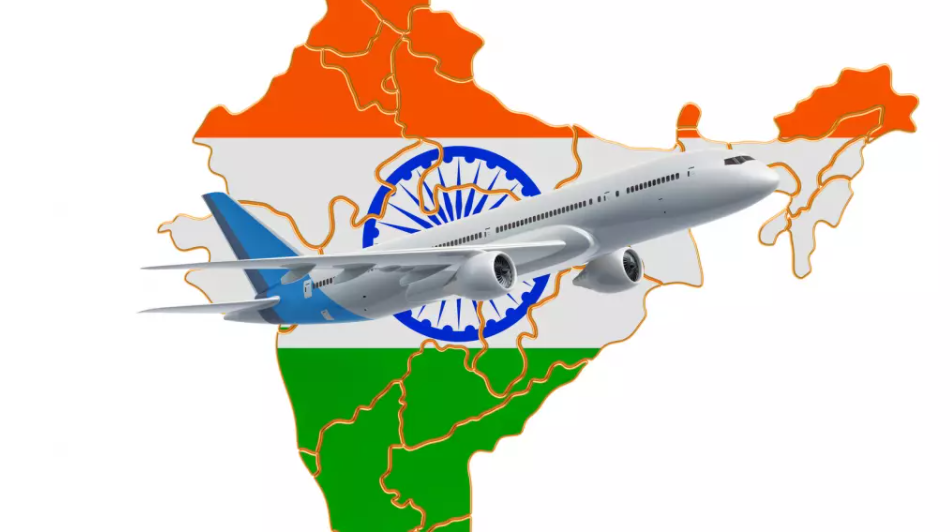
Canada's airports: a support package, but rents contentious
Eyes have been on the U.S. and how its air transport business has suffered at the hands of the pandemic.
But across the border in Canada the pandemic's impact on aviation and the public at large has been more severe, and only now does it appear that a corner might be turned.
For the airport sector there has been a regular diminution of business down to 10% of 2019 levels, with all the financial impact that has. The government's response has been to prepare a financial aid package not dissimilar to the 'infrastructure' based one recently announced in the US.
But the airports' representative body is calling for more, and particularly a freeze on Crown Rents. Those rents are high and unpopular with the air transport community.
But neither has privatisation (of which there is little) stirred the collective imagination thus far. Events can often have unforeseen consequences though, and it is not out of the question that the 2016-17 airport privatisation government investigation could be rekindled as the airports struggle to rebuild both their business and their infrastructure in the wake of the virus.
TO READ ON, VISIT: Canada's airports: a support package, but rents contentious
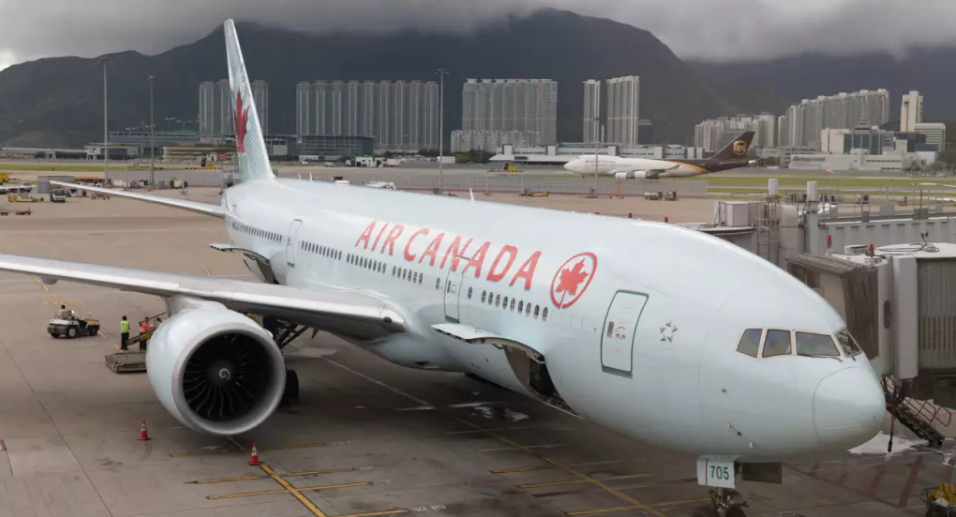
London's Gatwick Airport facing an existential threat
How are the mighty fallen. London's Gatwick Airport had a global reputation as a primary level gateway into one of the world's most economically important cities.
But its passenger traffic levels during the past year, influenced heavily by the pandemic of course, but with some 'underlying factors' as well, have resulted in Gatwick slipping well down the ratings, whatever measure is employed.
There is an 'existential' threat to Gatwick in that it might never regain the ground it held previously, but there are some opportunities too - were certain airlines finally to make decisions they have been threatening to make for a very long time.
TO READ ON, VISIT: London's Gatwick Airport facing an existential threat

Latin American airlines shuffle their fleets amid uncertain recovery
The fleet flux among Latin American airlines continues as operators restructuring under Chapter 11 bankruptcy protection shrink their fleets, and some low cost carriers take advantage of favourable market conditions to accelerate fleet growth.
As Aeromexico, Avianca and LATAM Airlines Group continue to restructure under bankruptcy protection, they are working to cull their aircraft to exit Chapter 11 as leaner and more efficient entities.
TO READ ON, VISIT: Latin American airlines shuffle their fleets amid uncertain recovery
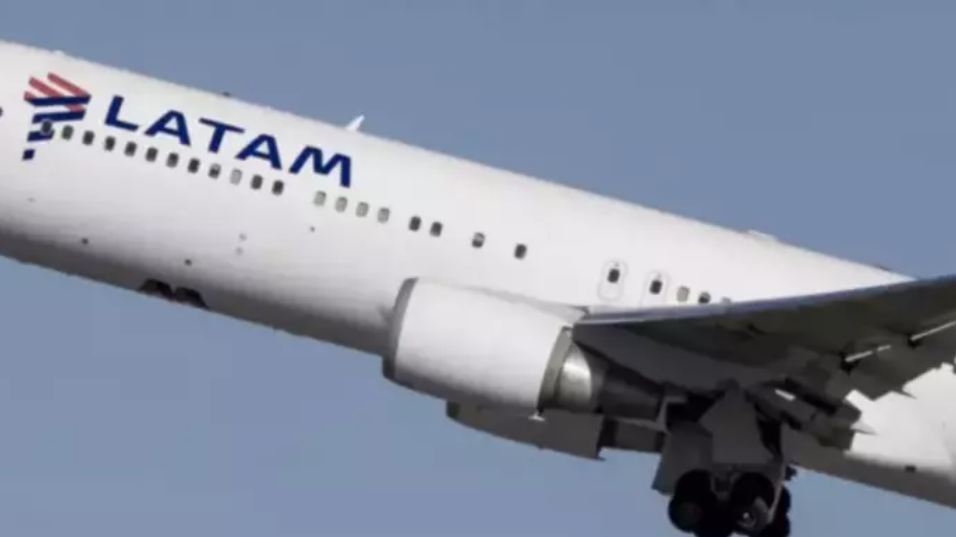
SPECIAL REPORTS: Aviation Sustainability and the Environment
This regular weekly CAPA report features a summary of recent aviation sustainability and environment news, selected from the 300+ news alerts published daily by CAPA. This week's issue includes: Singapore Airlines Group commits to net zero carbon emissions by 2050; easyJet holidays to offset holiday emissions; CAAC to ban use of plastics at airports and on passenger services; Sydney Kingsford Smith Airport commits to net zero by 2030; Amadeus: COVID-19 still creating changes to business travel.
TO READ ON, VISIT: SPECIAL REPORTS: Aviation Sustainability and the Environment
